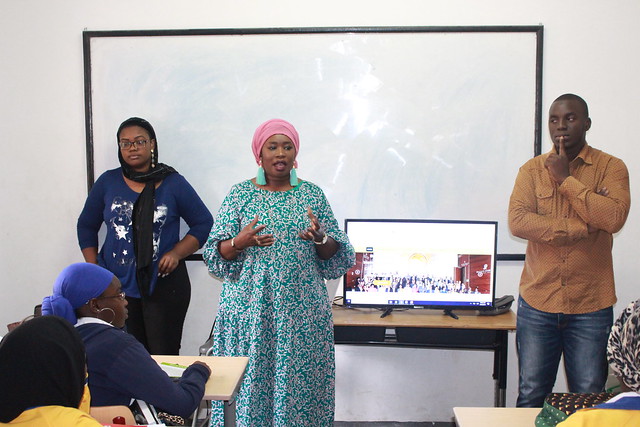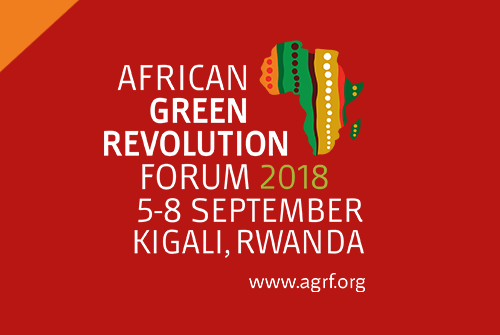By Samuel Benin and Ernesto Tiburcio
In 2003, African countries signed the Comprehensive Africa Agricultural Development Programme (CAADP) and set the goal of investing 10% of their national budgets on the agricultural sector in pursuit of a 6% agricultural growth rate each year. Since then, it has become clear that the issue of what counts as agriculture expenditures is central in determining whether the numbers reported actually reflect improvements. An analysis of Ghana’s experience shows that an inconsistent approach can lead to misleading results.
Two recent agricultural public expenditure reviews studies (agPER)—MOFA 2013 and 2017—suggest that Ghana has been close to achieving the CAADP budget commitments and even surpassed the target in several years. The estimated agricultural expenditures as a share of total expenditures from the two studies range from 6.7%–21.2% in 2001-2011 and 5.8%–7.5% in 2012-2015, with the average over 2001-2015 being 9.2%. However, there are two major problems with the numbers. Our ReSAKSS issue note details why.
First, they are not consistent with the official African Union guidance note (AU-NEPAD 2015), which defines agriculture as crops, livestock, forestry, and fishing and hunting, and specifies using general government sector expenditures only. The reports include some non-agricultural expenses such as those on feeder roads and other rural infrastructure. This does not seem right, as feeder roads promote the socioeconomic development of entire rural communities and not just the agricultural sector.
Second, the reports include expenses from Cocobod, a public corporation dedicated to managing the cocoa subsector, with the intention of assessing the total public support to the agricultural sector. However, this is also contrary to the official AU guidance note because Cocobod engages in market production activities financed entirely by the cocoa sub-sector, and there is no transfer from taxpayers through Cocobod to the entire agricultural sector. Thus, Cocobod expenditures do not qualify as a government agriculture expenditure (GAE). In addition, government total expenditure (GTE) is underestimated in the reports for several years.
When these problems are resolved (i.e., expenditures on feeder roads and of Cocobod are excluded and GTE is adjusted), the estimates are considerably lower. The shares of agricultural expenditure range from only 0.9% to 6.7% in 2001-2011 and from 1.3% to 2.1% in 2012-2015. The average for the entire period is 3.3%, a third of the agPER’s reported estimates, far from the CAADP 10% target.
There is another problem in the way Cocobod expenditures are treated in the calcuations. If we do add those to GAE in the numerator, which is not theoretically sound to begin with, then an unbiased estimator parallel to the official AU guidance note would add the expenses of all similar public corporations to GTE in the denominator. But this is not the case. Currently, the agPER analysis compares apples to oranges, as the reports only add Cocobod expenses to GAE but not those of all similar public corporations to GTE, generating misleading estimates. We recalculated the share according the proposed formula, effectively comparing apples to apples.
The main challenge with doing this is that there are over 90 public corporations operating in Ghana and, unlike for the general government sector, it is difficult to get data on their expenditures. Also, there are discrepancies in the data on Cocobod expenditures obtained from different sources—here we only report those from the auditor general’s report. We settled on using data of the 14 largest public corporations (which account for over 90% of the total expenditure) for the analysis.
The revised estimated shares are in the range of 1.4% to 7.6% from 2001 to 2011 and from 3.7% to 5.4% in 2012-2015. The average share over 2001-2015 is about 5.4%. Compared to the estimates in the agPER studies, these estimates are lower on average by two percentage points, with the largest discrepancy in 2010 by nearly 15 percentage points.
Because Cocobod is a self-sustaining public corporation that engages in market production activities, like many others in Ghana (e.g., National Buffer Stock Company Limited, Bank of Ghana, Volta River Authority, Electricity Company of Ghana), its financial management and expenditure determination processes are different from those of government units that own or control them. Therefore, its expenditure performance analysis should be conducted separately so that specific efforts can be identified and targeted at improving development in the cocoa and noncocoa subsectors, respectively.
Without separating the expenditure performance analysis in the two subsectors, general government for the non-cocoa subsector and Cocobod for the cocoa subsector, the analysis presented in the agPER studies tends to mask the relatively low government expenditure in the noncocoa subsectors, which account for the bulk of agricultural gross domestic product (GDP)—about 90% each year. In 2012-2015, for example, GAE accounted only 4.1% of the noncocoa agricultural GDP, compared to the 56% that the cocoa subsector enjoys with respect to Cocobod expenditure. And since 2013, the share of GAE in GTE has been lower than 2%, pushing Ghana further away from achieving the CAADP 10% government agriculture expenditure target.
Analysis of the long-term trends, issues, and implications for boosting quality of quantity of spending, as well as productivity and growth, are discussed in the note Trends and Composition of Government Expenditures on Agriculture in Ghana, 1960-2015.
Samuel Benin is Deputy Division Director of IFPRI's Africa Regional Office. Ernesto Tiburcio is a Research Analyst with IFPRI's Development Strategy and Government Division.

